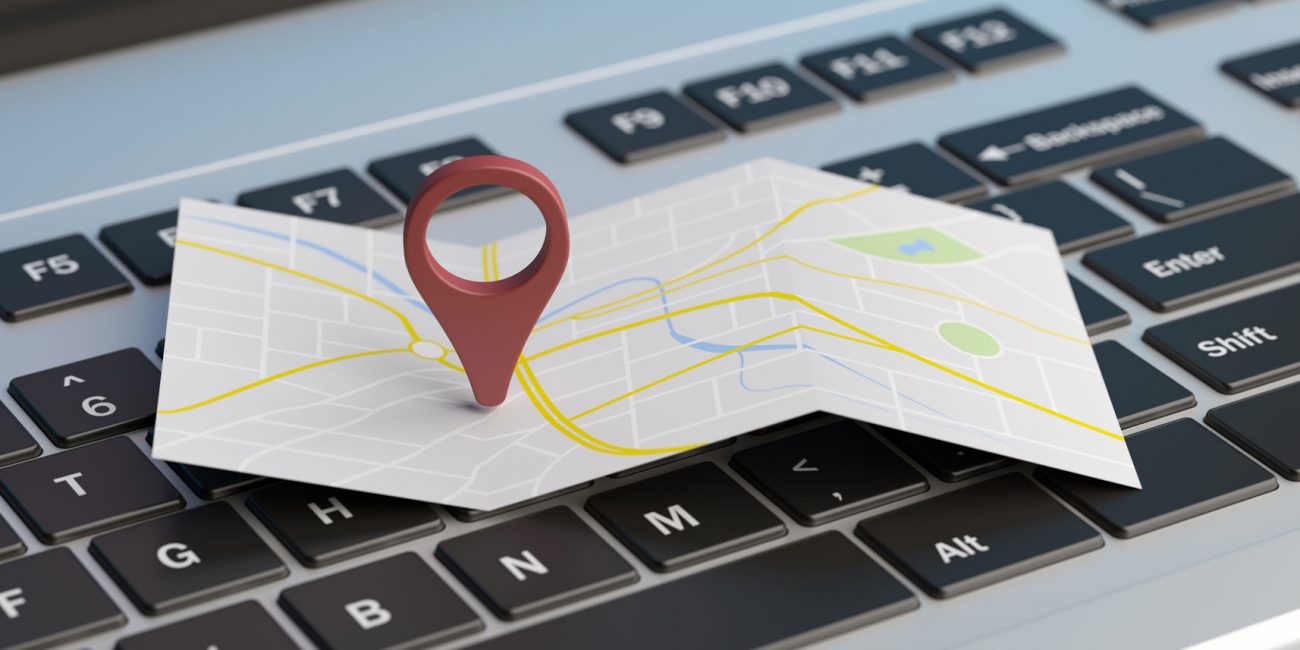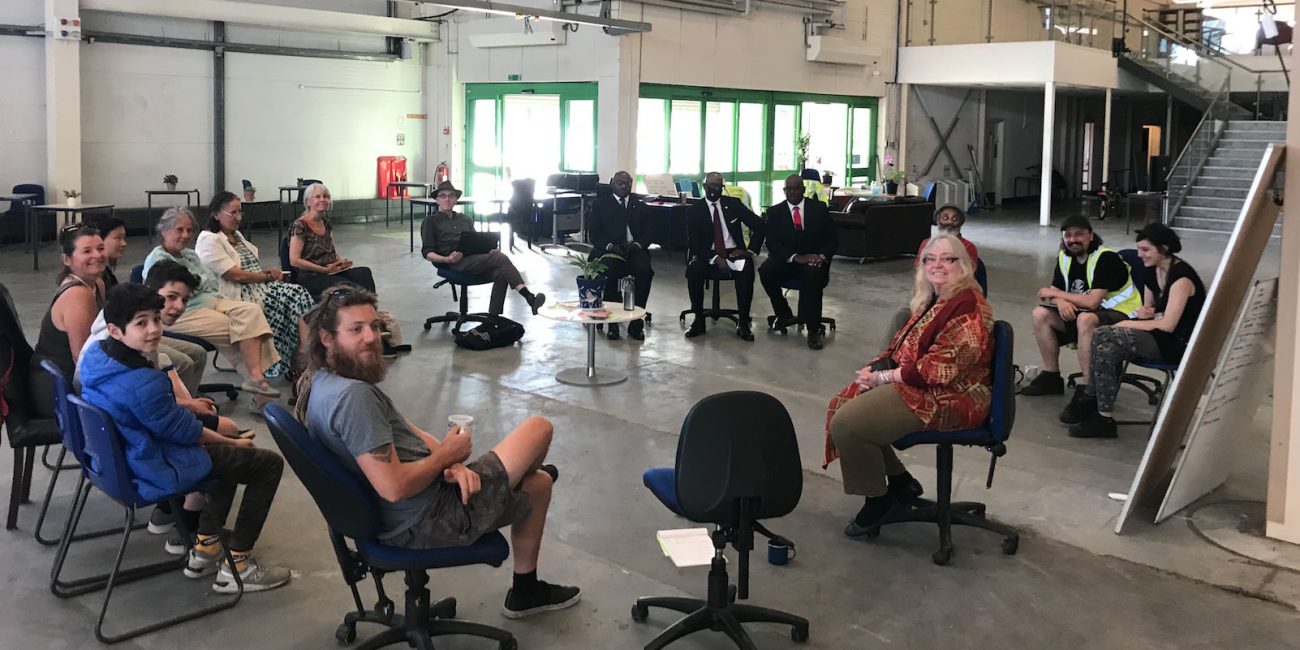Meetings – Self Organisation
This is crucial to the successful running of your CEC- choosing and running a self-organising system that allows everyone to input in the way they want, and where people are clear who is doing what role.
KEY POINTS:
Identify a clear decision making system and ensure everyone who attends the CEC is aware of it and how to get involved.
The weekly/ fortnightly meeting of the regular project workers/ volunteers and working group coordinators is the decision making body for the Project.
Coordination roles are determined by working groups- see Section 6.
The CEC is in a community and regular People’s Assemblies to enable feed-in from the community is central to identifying needs/ priorities and getting them involved.
Communication is key. Things go wrong when communication breaks down. Regular meetings where people are able to actively input, listen and learn, be flexible, give and take, are important. Apps that allow speedy communication within and between working groups are useful.
DECISION MAKING
DECISION MAKING
A CLEAR PROCESS MUST BE DEFINED EARLY
NB we are aiming for more transparent, horizontal, agile, egalitarian, gender balanced evolving and learning organisational structures. We are all learning, be patient and compassionate with each other. Appreciate that people are taking on responsibilities and making decisions to the best of their abilities with the information, support and advice they have at the time.
Display the CEC decision making process where everyone can see as early as possible in the project. Draw a decision making flowchart so everyone can see the process and signpost how people can get involved. Eg email this working group or speak to/ ring these people.Come along on monday at this time to this meeting to begin getting involved.
Diverse groups will have diverse ways they want to make decisions. What is right for a Pensioners group in Plymouth who may want to use a more traditional voting system may be different for a Mums group in Manchester or Climate activists in Norfolk.
A very simple decision making process would be to do your best to find agreement (consensus) within the group (this takes flexibility, give and take) and if no decision is arrived by a certain time then use a majority vote.
If you want to explore more in-depth organisational structures/ systems then check the following links:
Consensus flowchart: https://www.seedsforchange.org.uk/consflow.pdf
Holacracy: https://www.holacracy.org
Sociocracy: https://www.sociocracy.info/what-is-sociocracy/
Spokes Councils: https://www.seedsforchange.org.uk/spokescouncil
Cooperative: https://www.uk.coop/resources/model-governing-document
FACILITATION
To help you run meetings, Seeds for Change provides a useful resource https://www.seedsforchange.org.uk/facilitationmeeting
-
- The facilitator keeps the meeting focussed on the agenda and helps create Action Points (APs) (these are important- tasks people agree to do that are reviewed at the beginning of the next meeting. APs that are completed can be reported back to the group, or they may say they need more help or need to be handed back to the group).
- REMEMBER the aim of a facilitator is to stay NEUTRAL on the subjects discussed, helping the meeting discussion flow.
- TIMING : Always set a time limit for the meeting and get the group to commit to a short and ‘on point’ meeting of around 60 – 90 mins. When meetings go on beyond 2 hours people get tired, lose focus, begin to leave or sometimes argue
- Rotate the facilitator role so that everyone has a chance to learn the skills and become comfortable doing this. The more people who get active and the more diverse the voices that are heard, the more resilient and creative your CEC will be. More experienced facilitators can help and support new facilitators.
- Give people who want to speak numbers in a stack / queue of people. (IMPORTANT, as when people have been acknowledged with a number in the stack they are less likely to talk over others).
- Sometimes a facilitator allocates more time to a subject, or moves the discussion to a separate meeting or a working group.
- A good facilitator will ask for quieter voices to be heard and those who usually speak a lot to make space for new voices, or input from more women or those from marginalised groups. Help to build gender balancing into the process.(ref. Kurdish democratic confederalism)- saying “Can we hear from more women’s voices or from those who have not spoken yet”
MEETINGS
THE REMINDER – read at the beginning of a meeting if it helps focus the group to cooperate at this critical time for our environment and communities. “We are ALL here to take urgent action on the Climate Emergency, Time is ticking for us and future Generations. So stay focussed and aim for co-operation for the cause. See the bigger picture and be willing to be flexible, give and take, to get the job done. Learn sometimes to let go and trust the group process and wisdom. Learn to work together to create a Socially Just and environmentally sustainable future.”
- Create a project organising meeting early in the week – say Monday or Tuesday 7 PM ( after main work hours means all can attend)
- Set up a system to prepare and contribute to an agenda before each meeting. Useful tools for this are a pen and paper passed around before the meeting, a whiteboard or notice board or www.board.net, G Doc, Dropbox Paper or NextCloud. Also ask for points for the agenda around the circle at the beginning of the meet.
- Check-ins and check-outs (go around the group and ask for a quick check on how they are feeling – 1-2 sentences) and read the above reminder then have a group one minute focus/quiet or meditation before the meeting to focus minds.
- In meetings with new people, do a name round where each person BRIEFLY says their name and any links to a group or experience or skills that they have that can help the Project, also adding things for the agenda. This is VERY IMPORTANT and helps build group involvement and networking. Everyone speaking and feeling part of it from the beginning, rather than the usual few voices.
- Choose a note taker – REMEMBER to take Minutes, who is present, agreements made. Make sure they are typed up,kept in a book or stored online, so others who were not present can see and a historical record is preserved for reference.
- Alcohol should not be brought to meetings; it does not help focus.
- Be aware of Accessibility- meaning that people are not excluded from using something on the basis of experiencing a disability
Explain hand signals. Use hand signals to help everyone be involved and feed in. Here is a basic overview of the signals to use :
You can print off a copy from this link- Hand Signals Put them on the wall and support everyone to know what signals to use when, by explaining them at the beginning of the meeting.
More useful hand signals here- seeds for change explanations on hand signals
Rolling hands for move on, or round circle shape with two hands meaning round up your point ( its taking too long)
Make a ‘P’ shape with two hands for a proposal.
REGULAR PEOPLE’S ASSEMBLIES – (PAs)
This is part of a CEC– it enhances community involvement and helps to ensure the work being done is focused on what is needed to build community resilience. Have a PA once per month to feed into CEC internal projects / working groups and externally to feedback to the council. PAs to be used to help brainstorm, provide ideas and direction and a deliberative process of coming up with group direction.Splitting larger groups into breakout groups helps more voices to be heard and increases brainstorming and diversity of input. Record all groups input and summarise for sharing.Creating a local participatory/ direct democracy organism/ ecosystem.
https://rebellion.earth/act-now/resources/peoples-assemblies
SUPPORTIVE CULTURE and COMMUNICATION
We are learning to live differently- to live in community and respect ourselves, each other and the planet. We are all crew and here to support each other.
- Resting and sustainable community work, take days off, rest, go out somewhere, do something away from the project to relax, avoid burnout.
- Socialise and celebrate, get the crew to celebrate / party together away from the project, which builds crew morale. Take group away days and personal holidays. Sustainable community activism.
- Meditate, get a healing/ massage/ therapies group to support the project and its volunteers. Organise some healthy and well being events.
- Healthy food/ cafe vegan volunteer food – regular healthy meals for hard working crew is VERY IMPORTANT- this is the responsibility of EVERYONE and the cafe food/ sustenance working group.
- Talking circles – heart/ feeling sharing: very useful community Tool. To create a talking circle, pass a stick around a circle of people. Each person gets a chance to talk – share feelings, knowledge and wisdom. These may be done following a significant event or to re-connect. Most importantly it is a LISTENING circle where everyone else listens to each person. This helps to make everyone feel part of it and everyone has an equal voice and provides a diversity of opinions. It is a Native American tradition. Traditionally people can speak from their heart for as long as they wish, however in modern settings a time limit can be set on people’s contributions- say 2-4 minutes dependent on the size of the group.
IMPORTANT NOTES
- Knowledge is Power. The more people who have knowledge, the more people have power. However, if knowledge becomes siloed, it excludes and creates more hierarchy and conflict. Ready and easy access to information, and ways to get involved, is important.
- https://vocaleyes.org is a useful tool for informing and involving everyone who uses your CEC to input on decisions and discussions. Successful examples in Swansea community consultations.
- https://www.loomio.org came from the Occupy movement and helps discuss, decide and collaborate online.
- It’s good to have some open meetings that introduce and bring new people into the project. However the decision making process for the centre should involve those working most of the time on the project rather than someone who has just walked in. Having said that a monthly People’s Assembly can feed into the centre organising group, decision making process.
- Diversity of life experiences and backgrounds brings strength and wisdom to the group.
- A ‘vibes watcher’ may be appointed in some tense meetings who reminds people to breathe / take a 1 min break when meetings get tense.
- Keep learning, keep evolving, keep self organising.



